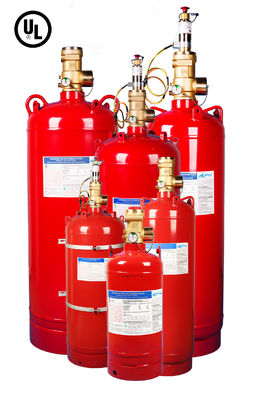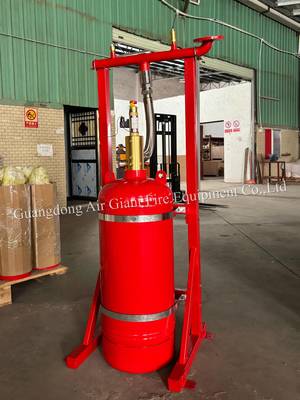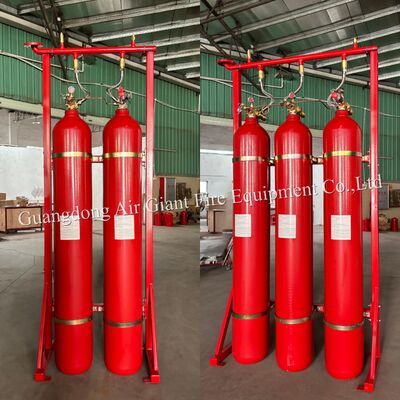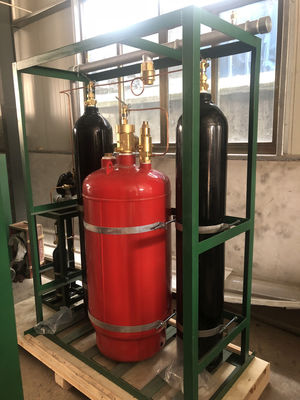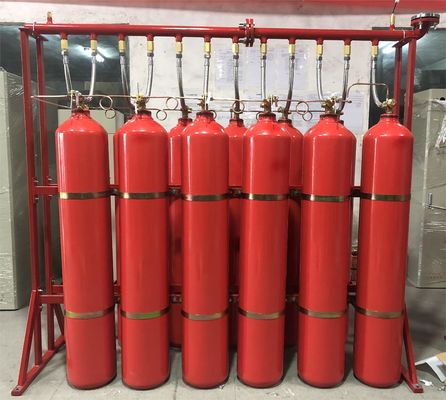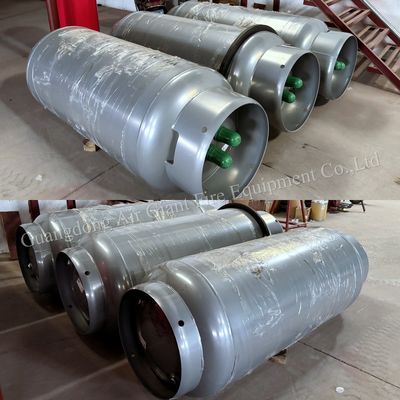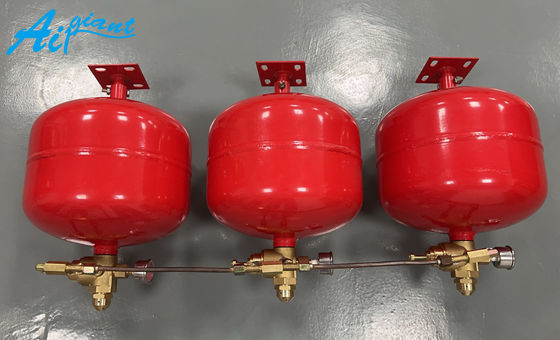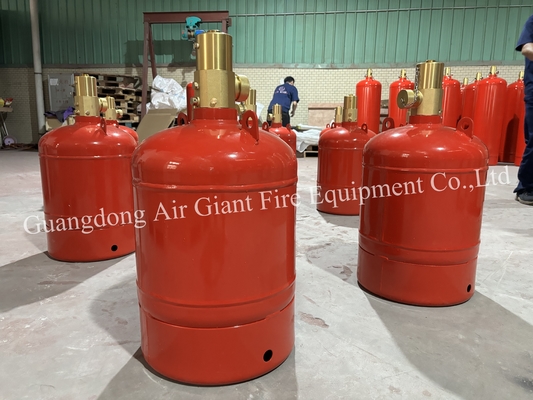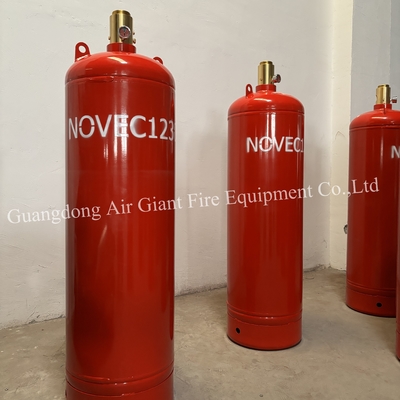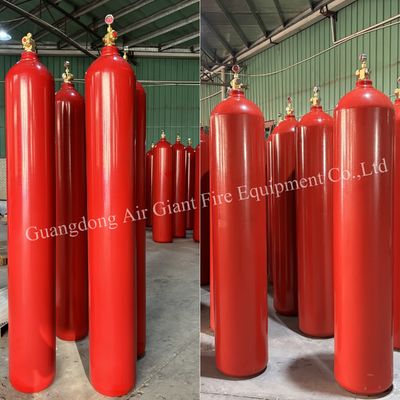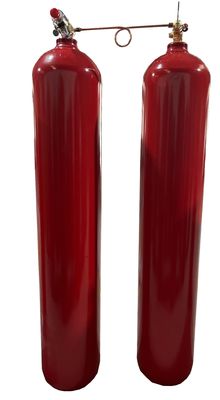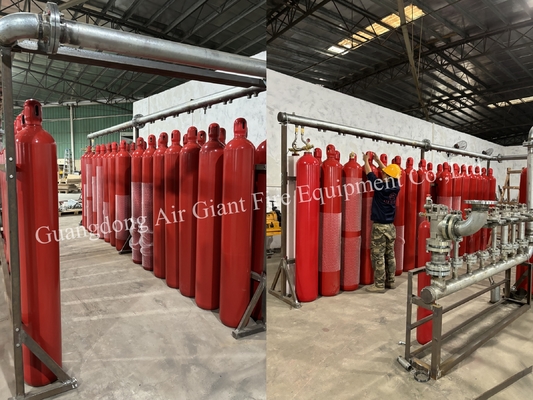IG55: A Safe And Effective Solution For Fire Protection In Critical Facilities
Description:
IG-55 is a unique gas blend, containing equal parts of two natural components: 50% argon and 50% nitrogen. This combination of gases offers numerous benefits and uses in various industries.
Since its components occur naturally in the environment, IG-55 does not contribute to global warming and is also environmentally friendly as it does not harm the ozone layer. Additionally, it has a similar density to air, making it easy to handle and use.
Clean and Versatile
Both argon and nitrogen are clean, non-corrosive, colorless, and tasteless gases, making them suitable for a wide range of applications. They are also compatible with various materials such as nickel, steel, stainless steel, copper, bronze, and tin, making them highly versatile in adapting to different actuation systems.
Storage and Pressure
IG-55 is typically stored in high-pressure cylinders, similar to other compressed gases. The size of the storage space required depends on the gas's pressure and capacity. Our IG-55 system is designed to operate at a pressure of 30MPa, allowing for efficient use of space and cost savings.
Components:
1. Storage Cylinders
2. Release Device
3. Piping Network
4. Nozzles
5. Fire Detection System: Smoke Detectors, Heat Detectors& Flame Detectors
6. Control
7. Audible and Visual Alarms
8. Pressure Switches and Gauges
9. Manual Release Station
10. Backup Power Supply
11. Signage and Instructions
12. Ventilation System(selection)

Features:
n Suitable for Occupied Areas
n Electrically Non-Conductive
n Chemically Inert
n Colourless, Odourless, and Flavourless
n No Residue
n Zero Ozone Depletion Potential (ODP)
n No Greenhouse Effect
n No Decomposition Products
n No Fog and No Loss of Post-Discharge Visibility
n Non-Corrosive/Toxic
n Stored as a Gas
n Excellent Post-Discharge Visibility
n Very Low Refill Cost
n Easy to Obtain Anywhere in the World
.
Applications:
1. Data Centers and Server Rooms: Protects sensitive electronic equipment without causing damage.
2. Archives and Libraries: Safeguards valuable documents and artifacts.
3. Telecommunication Facilities: Ensures uninterrupted operations during fire incidents.
4. Museums and Cultural Heritage Sites: Preserves irreplaceable items.
5. Power Generation Facilities: Protects critical infrastructure.

Packing and Shipping:
We always pack it with polyfoam first and then put it into a wooden case. Sometimes, in order to meet with customers or the safety requirement, we will make a pallet for the goods.

 Your message must be between 20-3,000 characters!
Your message must be between 20-3,000 characters! Please check your E-mail!
Please check your E-mail!  Your message must be between 20-3,000 characters!
Your message must be between 20-3,000 characters! Please check your E-mail!
Please check your E-mail! 
